The Survival Paradox and Fibromyalgia Explained
A couple of weeks ago I interviewed Dr. Isaac Eliaz for one of my Wednesday Night Facebook Live Q&A.
You can watch the replay below.
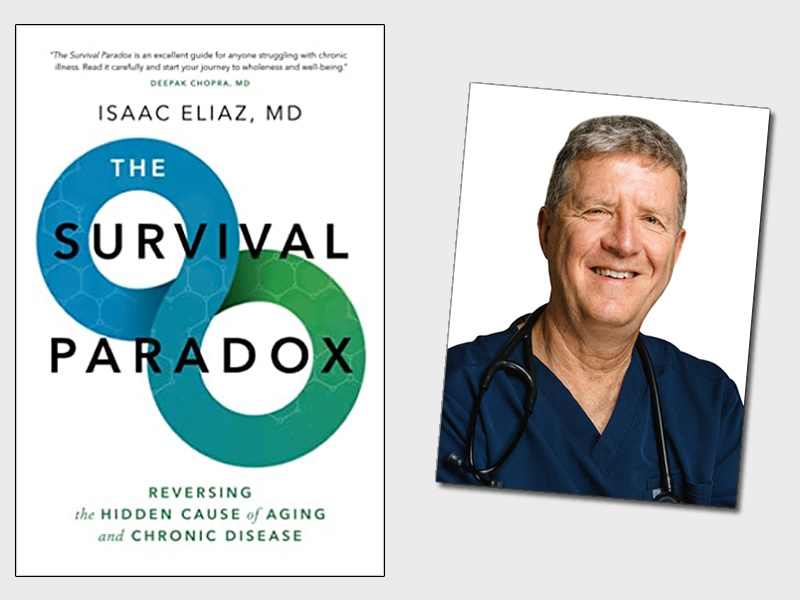 Dr. Eliaz’s “Survival Paradox” theory really resonates with me. It helps explain so many underlying layers of the fibromyalgia syndrome. Especially fibro flares!
Dr. Eliaz’s “Survival Paradox” theory really resonates with me. It helps explain so many underlying layers of the fibromyalgia syndrome. Especially fibro flares!
According to the “survival paradox” our bodies are designed to protect itself from potentially harmful invaders. Our bodies and the trillions of cells that make up or body are interconnected. Anytime a potentially harmful substance is encountered it triggers an immune, “survival” reaction that increases inflammation.
In times of stress, when our cells feel threatened, the “survival paradox” helps us protect ourselves from danger. However, if the “stress” is never turned off, the body continues to feel threatened. Chronic stress and feeling threatened triggers inflammatory chemicals, sabotages cellular energy, and leads to chronic fibro flares.
The “survival paradox” helps explain why those with fibromyalgia and similar conditions get sick and why they often stay sick.
I’ve treated hundreds of fibromyalgia patients over the last two decades and have seen first hand how stress and the “survival paradox” affects their ongoing health.
It is not unusual for me to work with a patient, help them overcome their fibro symptoms only to have them “flare” and contact me a few years later.
Normally, this chronic flare they are in has been triggered by chronic or acute stress that they aren’t managing correctly. We did everything right together including correcting their blood work (eliminating/normalizing inflammatory markers) only to have them flare after a stressful event or series of events, a few years later.
Why?
I believe it has to do with the “survival paradox” and an out of control galectin 3 response.
What Causes Chronic Inflammation?
Whether we stub a toe, or are exposed to dangerous bacteria or toxic threats, the immune system unleashes a cascade of inflammatory proteins called cytokines, which orchestrate the repair process. This is supposed to be a rapid response that addresses the problem and then recedes—and it’s all driven by master alarm protein.
Unfortunately, stress, toxins, processed diets, lack of sleep and inactivity,and our fast-paced lifestyles can keep our alarm system on high alert and contribute to unhealthy inflammation that never turns off. In the cases of an acute infection, an overactive inflammation response, driven by galectin-3, can lead to a deadly cytokine storm, where vital organs shut down due to overwhelming inflammation.
When inflammation continues, you get what’s known as “inflammaging”—chronic inflammation in the body that accelerates the aging process and fuels a wide range of degenerative diseases like autoimmune disease, cancer, heart disease, and more.
Over time, the constant flow of galectin-3 and related cytokines and other inflammatory proteins can seriously damage cells and tissues. As long as your body perceives a threat, it will respond with inflammation.
Here is an article written by Dr. Isaac Eliaz:
“Humans, like everything else, evolved to survive.
Your body has sophisticated protective mechanisms to keep you alive and functioning when faced with dangerous threats. But this innate survival drive comes with its own costs, and blocks the body’s natural ability to truly heal.
You experience your survival drive directly in the fight-or-flight response. Fight or flight is when your body’s defensive reaction sets off a flood of chemicals and hormones that give you a burst of energy to protect yourself, or escape from danger. But while fight or flight mode is meant to be protective, it can lead to long-term harm and damage to your health.
If you are constantly stressed and your survival responses never turn off, your body is always on high alert and your natural healing abilities can’t naturally function the way they need to. This can cause serious, lasting damage to critical areas of health, including neurological, immune, cardiovascular and others. It can also speed up aging and shorten your life. When you’re facing a serious issue, like a life-threatening illness, your natural survival response can interfere with your ability to heal.
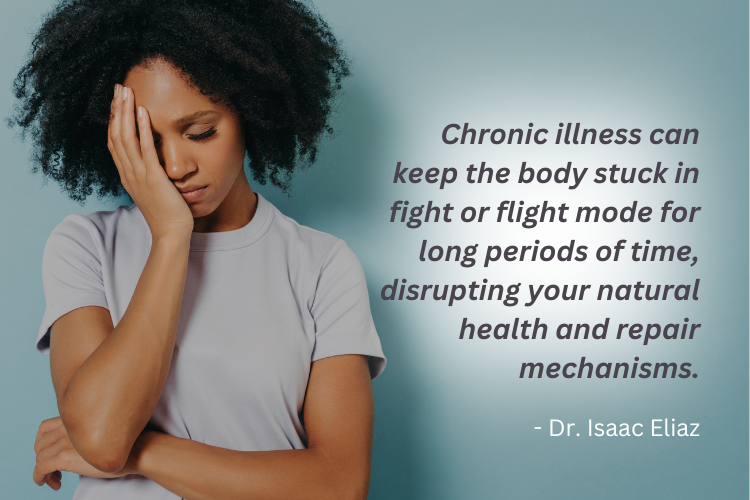
By trying to protect you, your stress-fueled survival response can sometimes be more damaging than the disease itself. This is the Survival Paradox—and the topic of my new book.
The key to healing involves transforming your survival drive to work for you, rather than against you. Once you master your survival biochemistry—utilizing proven strategies—you can activate and unleash your body’s infinite healing capacity. I’ve been helping my patients overcome the Survival Paradox for decades, and I can show you how to do it as well.
What is Survival Mode?
Survival mode affects you on every level: physically, emotionally, mentally, and spiritually. It’s literally a panic state. You feel rushed, and you can’t take a deep breath or slow down. Every cell in your body – including those impacted by chronic illness and even cancer cells – fights harder to stay alive.
Constant overwhelm, stress, and fear leads to your body’s biochemical alarm system going overboard and fighting itself, instead of healing.
When you are in survival mode, your nervous system amplifies “danger hormones” like adrenaline and cortisol, impacting your ability to relax, sleep, and repair. Survival mode negatively affects your metabolism, gut function, and insulin levels, and can change the way your cells produce energy, leaving you exhausted.
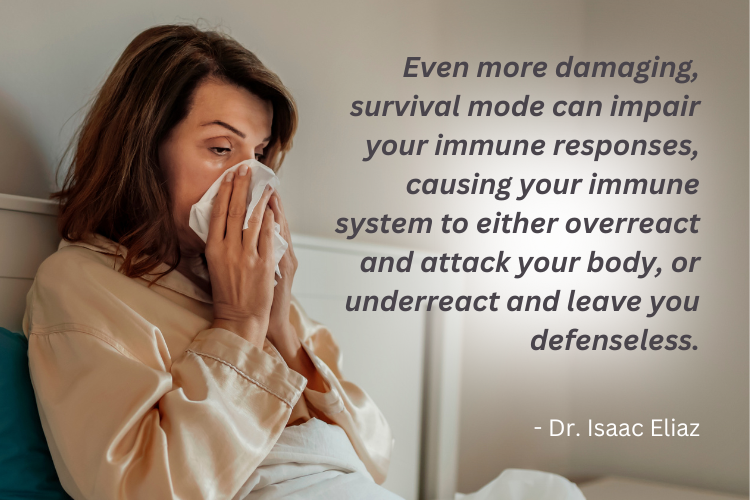
As part of the survival response, your body calls on its master alarm protein: galectin-3, what I call the “survival protein.” Galectin-3 becomes activated in response to illness, injury, or stress, and triggers a cascade of signaling responses for injury repair, including inflammation and fibrosis/scar tissue formation.
When you’re facing an immediate physical threat, these repair processes are crucial. But when your body remains in stress-based survival mode after the threat has passed, galectin-3 stays activated.
Galectin-3 continues to sound the alarm, causing serious damage to cells, tissues, and organs. Galectin-3 also forms the backbone of physical barriers in your body like biofilms and scar tissue, that hinder normal functions. When your body stays stuck in survival mode, your natural inflammatory repair processes cross the line to become harmful.
The bottom line: Your body’s survival response system, governed by survival protein Galectin-3, is fundamentally at odds with your ability to heal and thrive.
Your natural defensive reactions turn against you, causing life-threatening disease processes and speeding up the aging process.
But there is a way to overcome it. In my decades of research and clinical work with cancer and complex conditions, I’ve learned that we can transform our survival drive. Your body has an unlimited and infinite capacity to heal, as long as your survival response doesn’t interfere.
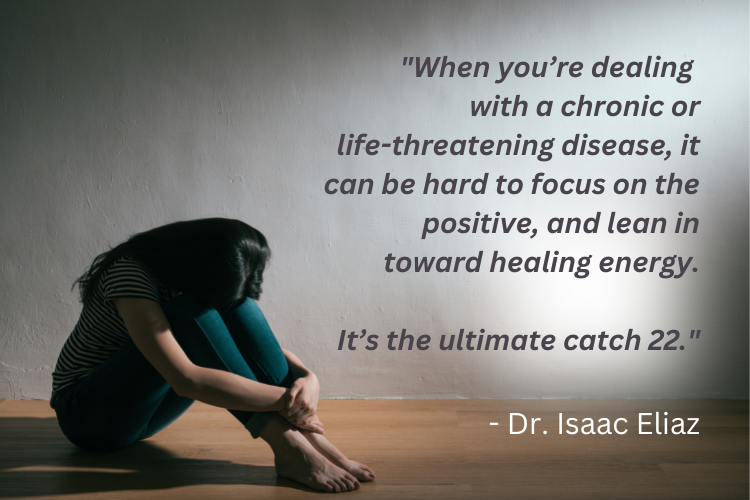
From Survival Mode to Thriving
You may feel like you have to race against the clock in order to find a solution. But that sense of hurrying, worry, anxiety, and stress can keep you stuck in survival mode, continuing this vicious cycle with stress hormones and compounds that can worsen your condition, instead of helping you heal.
As hard as it may sound, shifting away from survival mode toward true healing requires slowing down, breathing, and relaxing as much as possible. Only feelings of safety and security can turn off survival mode. When you can quiet the stress, it allows your body to switch gears from a reactive defensiveness, into a healing state.
This switch triggers a powerful change in your biochemistry, all the way down to the cellular level, and allows you to begin the process of healing chronic illness, inflammation, and disease.
Creating Calm for Healing
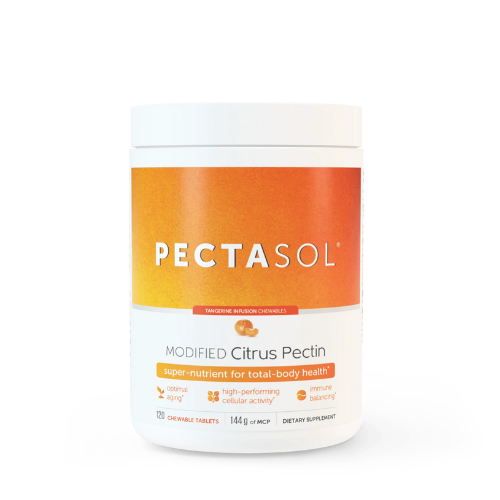 To start, creating space for yourself to heal can help you along your recovery and healing journey. There are several ways you can do this:
To start, creating space for yourself to heal can help you along your recovery and healing journey. There are several ways you can do this:
- Creating physical space with exercise, which increases oxygenation and reduces inflammation
- Allowing space for time, giving you a break between actions and for “letting go”
- Creating mental space with mindful meditation, which gives you space and clarity between thoughts to reduce fixations
- Creating emotional space, by practicing an open heart and mind to transform stress and adversity, and releasing negativity, anger, and resentment to create space for love, compassion, and kindness”
Dr. Eliaz recommends Pectasol a special form of modified citrus pectin (MCP) that helps turn off galectin 3.
Dr. Eliaz was gracious enough to offer our community a 20% discount on any of his products, including Pectasol and his all natural pain blocking Padma formula.
Use this link www.yourfibrodoctor.com/special to learn more about this game changing product and receive 20% off your order.

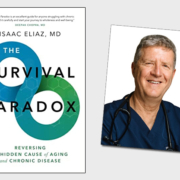


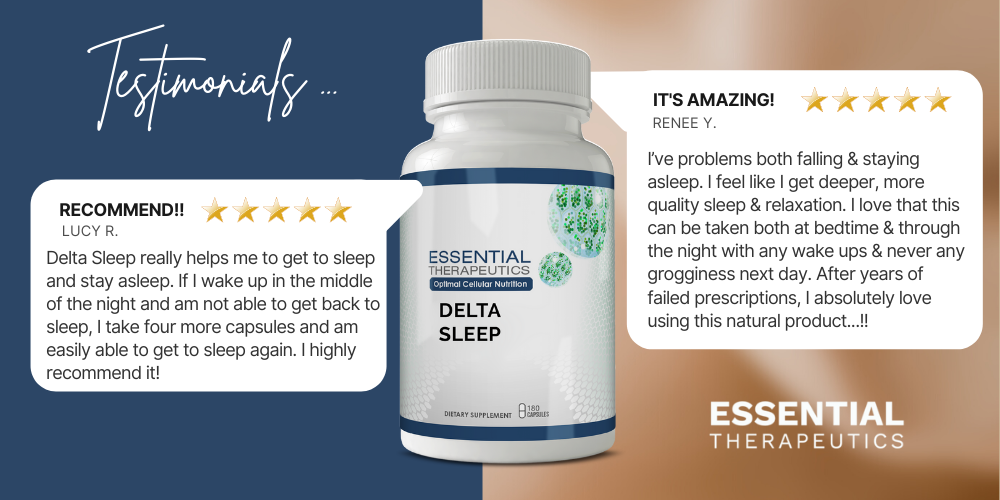

Leave a Reply
Want to join the discussion?Feel free to contribute!